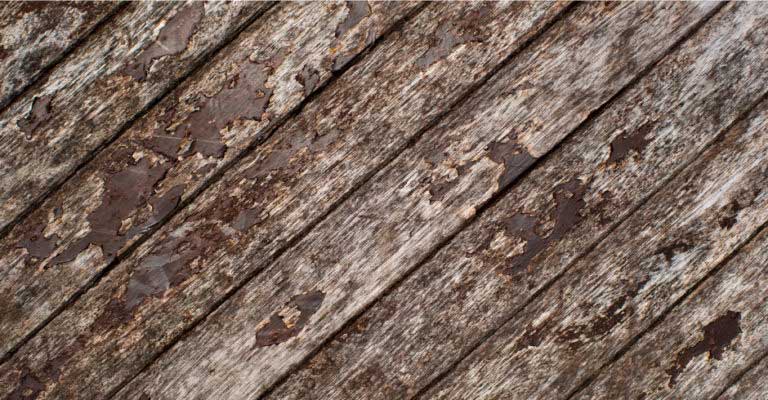Penetrating damp, or rain penetration as it can be referred to happens when water finds its way inside a property from the outside. This might be through walls, windows or doors although roof defects can also be a cause. Penetrating damp is more likely to occur in older properties as well as those by the sea or open to the elements.
It’s important to identify penetrating damp and any defects swiftly as it can lead to bigger problems such as a dry rot infestation. Damp can also cause respiratory problems particularly in the young and the elderly. Here are ten ways to identify if your property has penetrating damp:
- 1. Musty smells with black mould or mildew on walls or skirting boards.
- 2. Damp patches or water drips on walls, ceilings and floors, especially those that worsen in heavy rain. This includes on the upper floors (rising damp only affects lower levels).
- 3. Cold rooms.
- 4. Blistered, disintegrating or stained plaster.
- 5. Rotting floors or skirting boards – a sign of wet rot.
- 6. Faulty joints between windows and walls and badly fitted door frames.
- 7. Defective plumbing issues or burst water pipes.

- 8. Brickwork, render or pointing decay; especially in older properties.

- 9. Broken guttering or leaky rainwater pipes.
- 10. A leaking roof or broken roof tiles.
When you identify penetrating damp in your property and the causes too, you will ensure the problem can be treated effectively and in the right way. Damp issues are normally eliminated, with a barrier between the damp and the wall, although damp specialists Frank Schrijver has a chemical-free eco-friendly solution using natural ventilation – the Schrijver System.
Guaranteed for life, it’s the greener option to traditional methods.
No additional decorating is required as all the work is undertaken outdoors. A series of small, handmade elements are fixed to the outside wall of your property – just above skirting board level. Essentially the system works as dry air flows constantly from the outside into the handmade elements through an opening. This causes moisture from the wall interior to be deposited within the element, therefore, taking it outside. This results in lower humidity levels and continuous protection.
For further information about damp, or a no obligation quote, contact Frank Schrijver on 01689 800101</span.

